Hundreds of limestone islands in Palau, the rainbow mountain ranges in China or Volcanoes National Park in the US are natural heritage sites with some of the most spectacular landscapes in the world.
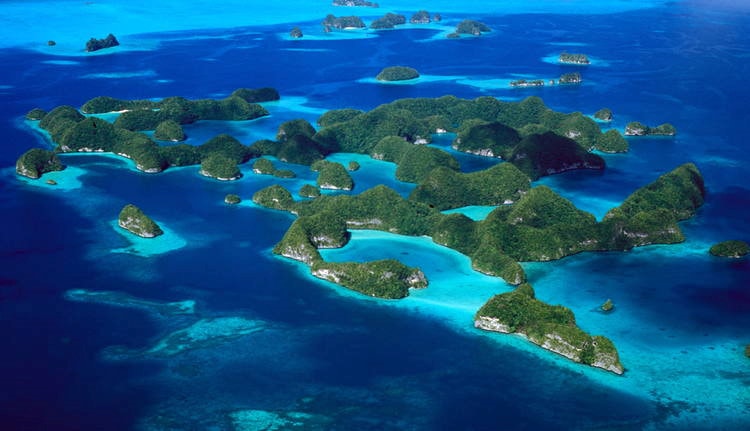 |
| South Lagoon Rock Island, Palau:The area consists of 445 uninhabited limestone islands scattered across the western Pacific Ocean, protected by coral reefs and a stunning landscape. The beauty of the area is enhanced by a complex coral reef system with more than 385 species of coral and different habitats. It is home to a wide variety of plants, birds and marine life, including about 13 species of sharks. Photo: Unesco World Heritage Centre. |
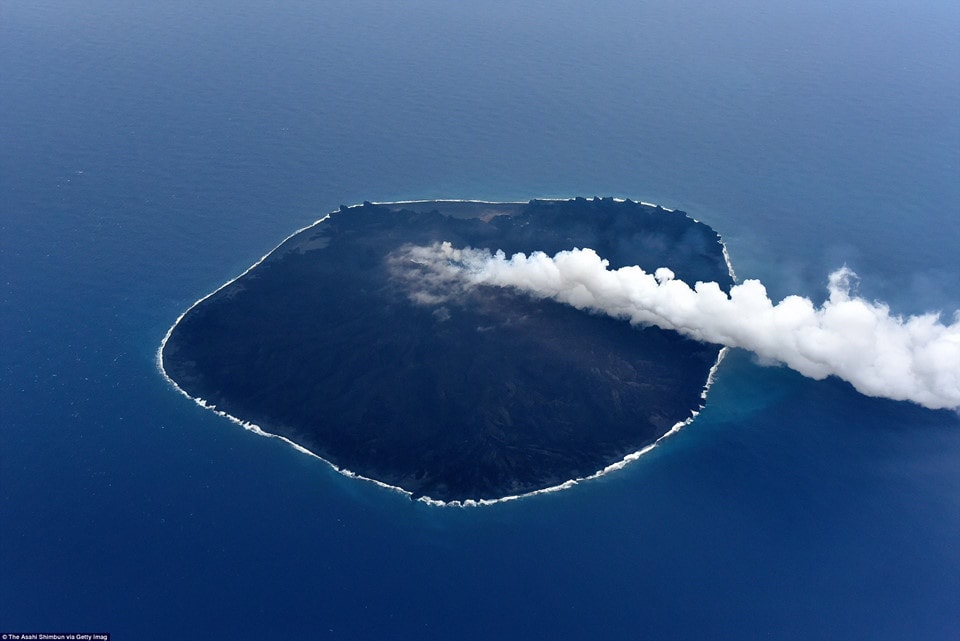 |
| Ogasawara Islands, Japan:The Ogasawara Islands are about 1,000 km south of Tokyo and consist of 30 small islands. According to Unesco, the islands have a diverse landscape and are home to many species of animals, including the Bonin Flying Fox, an endangered bat, and 195 other rare bird species. The Ogasawara Islands are an outstanding example of ongoing evolution in oceanic island ecosystems. Photo: The Asahi Shimbun via Getty Images. |
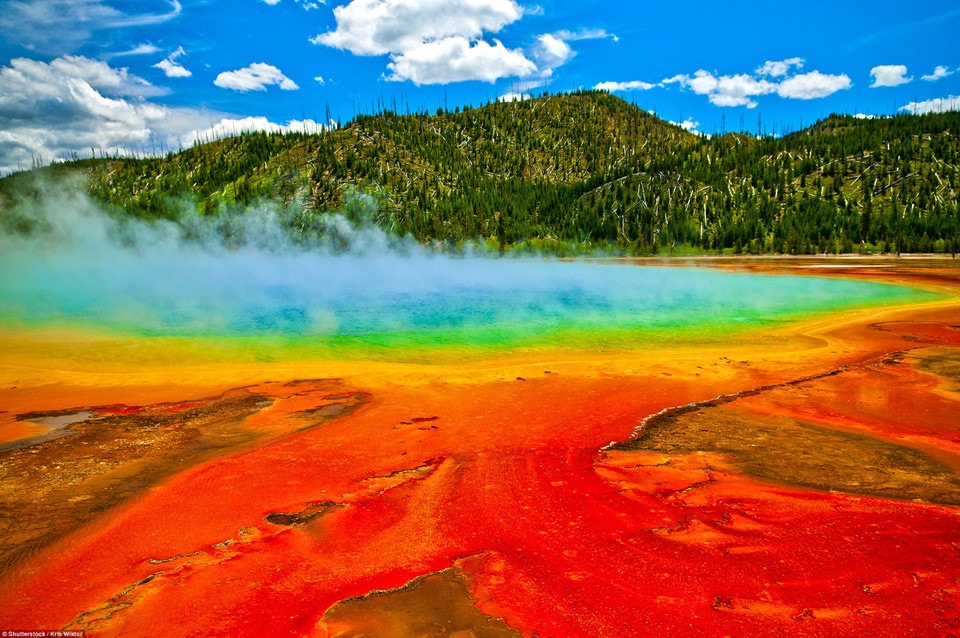 |
| Yellowstone National Park, USA:The park covers an area of approximately 9,000 km2, with 96% of it located in Wyoming, 3% in Montana, and 1% in Idaho. Yellowstone is famous for its geothermal features, geysers, natural beauty, and wildlife ecosystems, which are home to many rare and endangered species. It is also one of the few remaining ecosystems in the Earth's northern temperate zone, providing a site for conservation and research. Photo: Shutterstock/Kris Wiktor. |
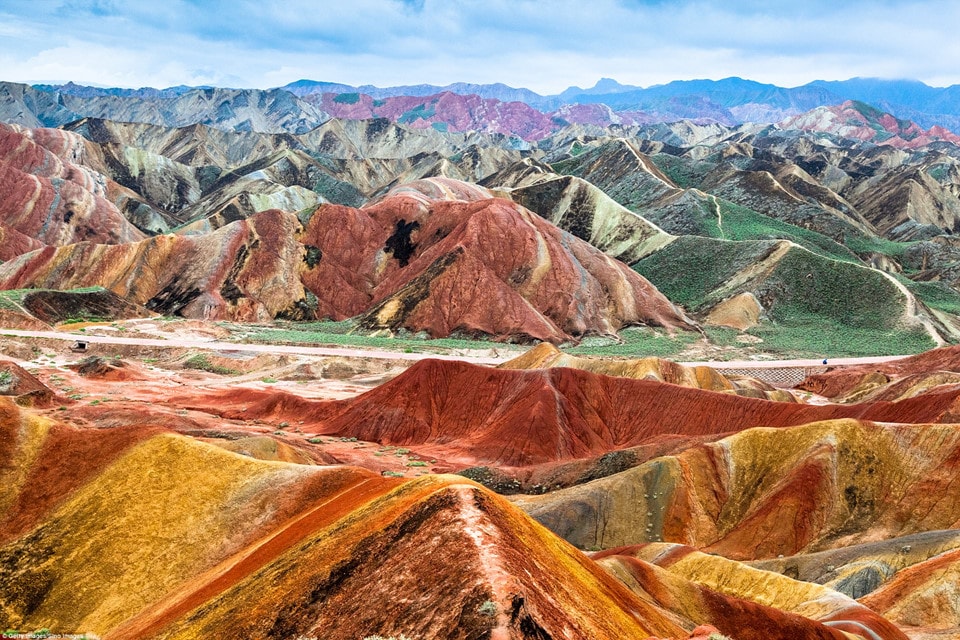 |
| Danxia Geomorphology, China:The Danxia Geomorphology is a vast area, stretching about 1,700 km from the Southeast to the Northwest of China with many majestic and picturesque landscapes. The most famous of which is the “Seven Rainbow” Danxia Mountains. According to scientists, this “Seven Rainbow” mountain range is a special geological phenomenon, only found in China and formed in the Cretaceous period. In addition to the unique and brilliant mountain ranges, the Danxia Geomorphology also has many majestic rivers, streams and waterfalls, creating a rich and spectacular natural landscape. Photo: Getty/Sino Images. |
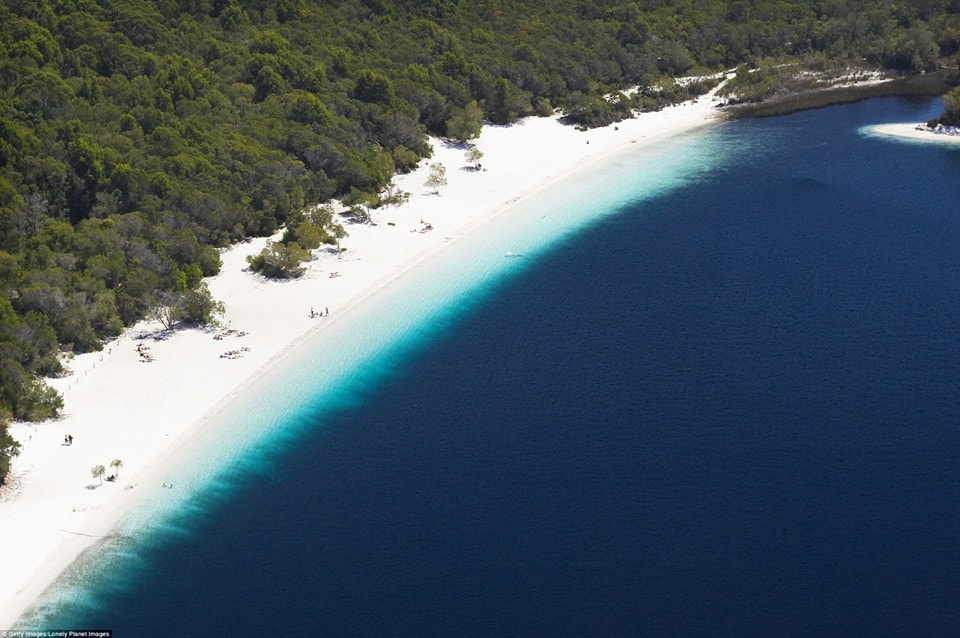 |
| Fraser Island, Australia:Fraser Island is located off the east coast of Queensland, about 200 km north of Brisbane. The island is about 123 km long and is the largest sand island in the world, covering an area of more than 1,800 km2. The island has a beautiful landscape with more than 250 km of sandy beaches, strikingly colorful cliffs and more than 100 freshwater lakes of different colors. Fraser also has rich rainforest growing on the sand dunes along the northern coast. Photo: Getty/Lonely Planet. |
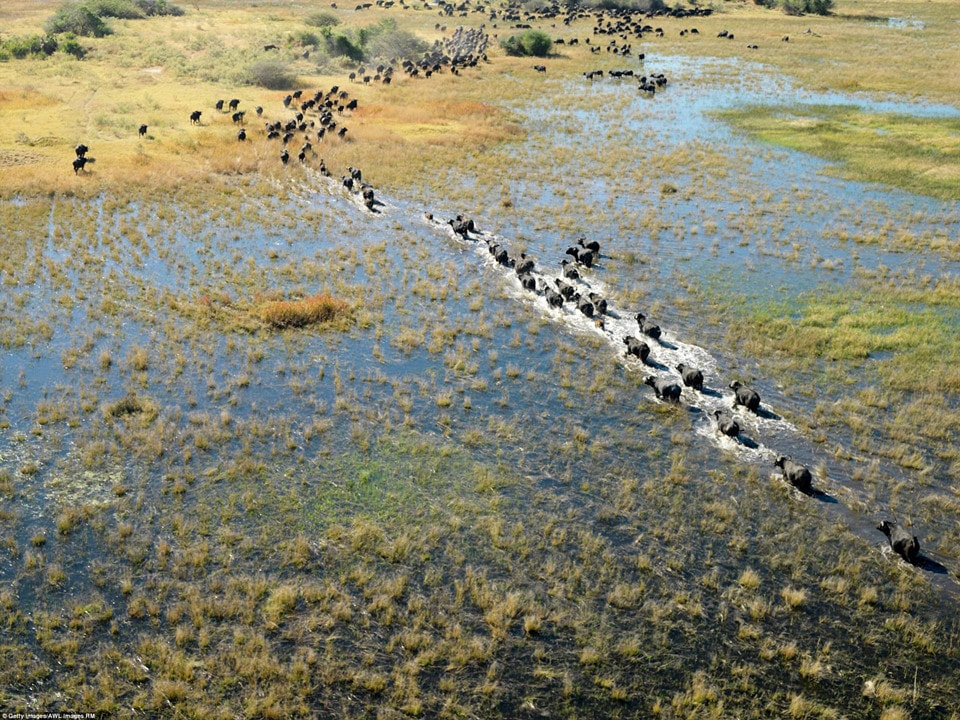 |
| Okavango Delta, Botswana:The Okavango Delta is home to some of the world’s most endangered mammals, including the cheetah, white rhinoceros, black rhinoceros, African wild dog and lion. The Okavango Delta consists of permanent wetlands and seasonally flooded deltas. One of the unique features of the region is that the native plants and animals have synchronised their biological cycles to the seasonal rains and annual floods of the Okavango River. Photo: Getty /AWL Images RM. |
 |
| Rocky Mountain National Park, Canada:Canada's Rocky Mountain National Parks include 4 national parks and 3 provincial parks with many majestic peaks, waterfalls, canyons, lakes, glaciers, hot springs. At the same time, this place is also the source of major rivers in North America such as the Athabasca, Saskatchewan, Columbia or Fraser Rivers. In addition, Rocky Mountain National Park also has high biodiversity and spectacular natural landscapes such as natural pine forests, turquoise lakes, Burgess shale or fossils and limestone caves. Photo: Shutterstock/BGSmith. |
 |
| Hawaii Volcanoes National Park, USA:Established in 1916, the national park is the result of 30 million years of volcanism, migration and evolution, creating a mixed ecosystem that is home to several rare bird species. In addition, it is home to two of the world's most active volcanoes, Mauna Loa and Kilauea, and volcanic eruptions that constantly change the landscape. Photo: Getty/Mint Images RM. |
 |
| New Zealand's Antarctic Islands:This area includes 5 island groups and archipelagos of New Zealand including Snares Islands, Bounty Islands, Antipodes Islands, Auckland Islands and Campbell Island in the Southern Ocean, southeast of New Zealand. These islands have high biodiversity and are home to many wildlife. There are up to 126 bird species here, including 40 seabird species and 5 endemic species that only live here. Photo: Getty. |
According to Zing










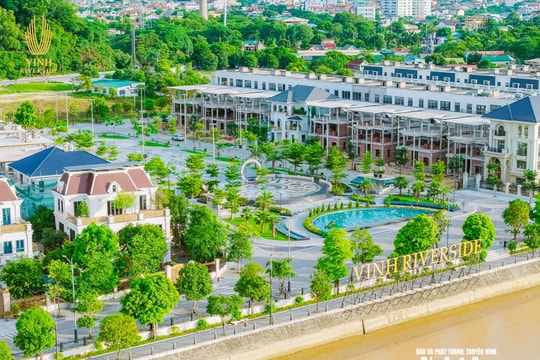

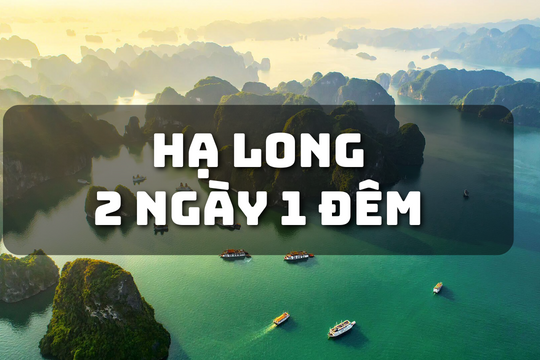
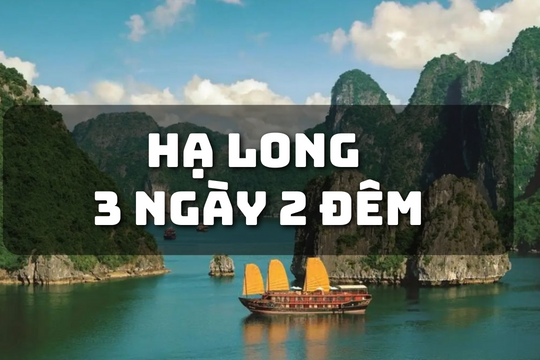
.png)


